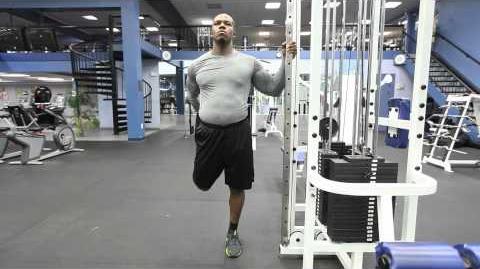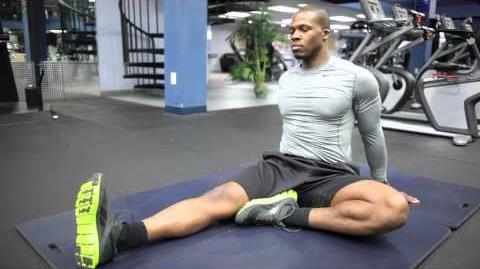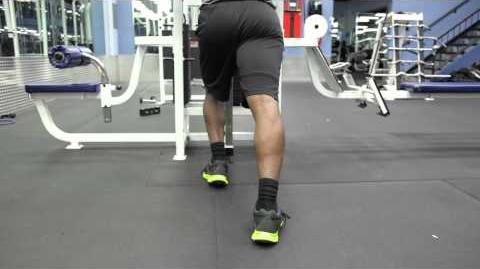Stretching is an important component of any exercise routine, whether it be cycling, running, swimming, or weight lifting. Stretching can improve range of motion and flexibility. While most experts agree that there is insufficient evidence to say that stretching definitely does reduce the risk of injury, most fitness and health professionals do recommend regular stretching.[1]
Two primary stretching methods exist: slow static stretching and ballistic stretching.
Static stretching uses slow, sustained muscle lengthening to increase range of motion. Ballistic stretching uses jerky, bouncing movements to lengthen the target muscle. Most exercise professionals recommend slow static stretching over ballistic stretching because there is less chance of injury and muscle soreness. Nevertheless, ballistic stretching may be useful for anyone engaging in sports that involve ballistic movements. The following stretching exercises all utilize static stretching techniques.
A well-rounded stretching routine includes at least one exercise for each of the major muscle groups of the body, including the legs, hips, lower back, shoulders, and neck.[2] Stretching can be performed before or after exercise. Typically, exercise professionals recommend to stretch after exercise.
If stretching is performed prior to exercise, it is recommended to perform a general warm-up before stretching to increase body temperature and to warm the muscles to be stretched. If stretching is performed after exercises, it is recommended to cool-down for 5-10 before stretching to let the heart rate and blood pressure come back down.
5 Stretching Guidelines[]
- Perform a warm-up before any stretching exercises. Do not stretch cold muscles.
- Focus on the target muscle involved in the stretch. Relax the target muscle, and minimize the movement of the rest of your body. Do not tense up or contract the muscle being stretched.
- Hold the stretch for 10 to 60 seconds. Do not bounce into or out of the stretch.
- Stretch to the limit of movement. Do not stretch to the point of pain.
- Breath slowly and rhythmically throughout the stretch. Do not hold your breath at any point during the stretch.
Basic Stretches[]
- Quad Stretch
- Hamstring Stretch
- Calf Stretch
- Groin Stretch
- IT Band Stretch
- Lower Back Stretch
- Front Shoulder Stretch
- Back Shoulder Stretch
- Tricep Stretch
- Neck Stretch
Videos[]
References[]
- ↑ Heyward, VH. Advanced Fitness Assessment and Exercise Prescription. 6th Ed. Human Kinetics, 2010.
- ↑ http://elitemensguide.com/stretching-an-overview/









